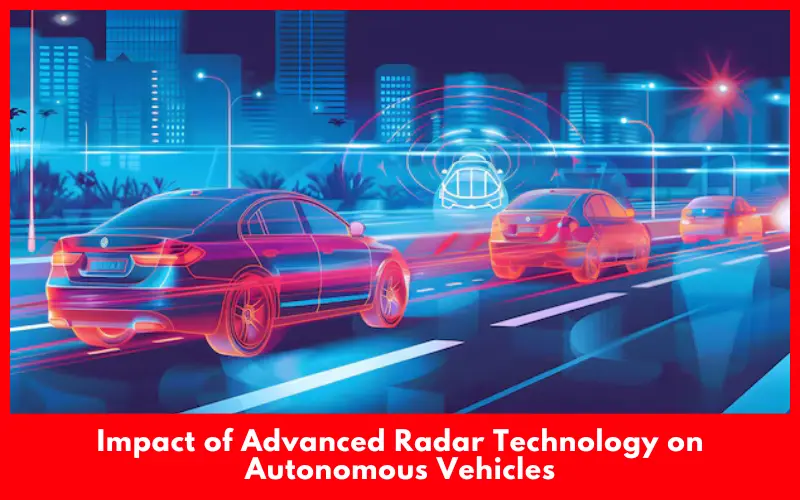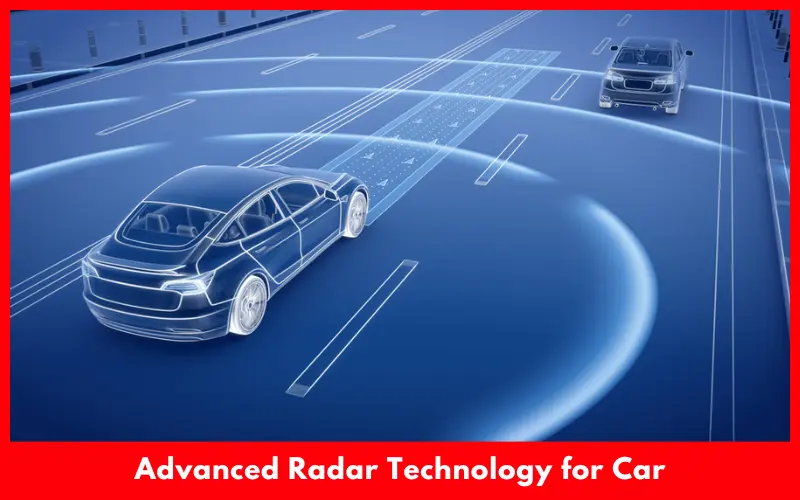Improvement is always welcome, especially when it comes to road safety where more and more vehicles travel at ever increasing velocities.
Human inventiveness has helped for decades to create learning experiences and promote road safety. The advancement of advanced radar technology is set to infuse these important practices with a completely new dimension.
This blog looks into new ways in which radar technology is becoming a game changer for traffic safety, and what lies ahead.
Article Summary
The Evolution of Advanced Radar Technology
Once known for Radar Detection and Ranging (RADAR is a common anagram of the full name), the technology was later developed for military use, but civilian applications have emerged as it is used for meteorology, aviation – and now, cars.
Reducing Human Error
The main cause of road accidents are human errors. These systems are helping eliminate accidents by providing the assistance where human limitations might fail.
If they can help a driver to have more control over his vehicle or to make a safe decision in a critical situation, the process of automotive radar development is really contributing to saving lives. Innovators are working on that preemptive process to reduce accidents and.
How Radar Works in Vehicles?
Many modern vehicles come with a radar system, a device that sends radio waves at objects and measures reflected signals to calculate distance, speed and direction of the object. This radar works by sending radio waves to objects and the reflector wave coming back to the radar receiver.
It gives real-time data of areas in front of a vehicle. This is simply witchcraft. This technology can be explained in great depth with detailed understanding of benefits in automotive vehicles. You can read about automotive radar elsewhere to improve your understanding.
Policy and Regulation
The standardization of use and capabilities of radar will start to come into play as it rolls out on larger scales, with additional regulatory standards and guidelines.
Mandates to install the most advanced radar-safety systems in all new vehicles would speed up adoption, and for everyone to benefit from these technologies, they will also require global standards both on the systems of detection, signal and digital data interoperability.
Enhancing Vehicle Safety Features
Radar technology enhances several vehicle safety features:
- Adaptive Cruise Control (ACC): Maintains a safe distance from the vehicle in front of you, automatically slowing down or speeding up.
- Blind Spot Detection (BSD): Radar sensors scan areas blind to the driver, such as blind spots, and give audible or visual alerts when a vehicle enters the danger zone.
- Automatic Emergency Braking (AEB): Detects unseen collisions and applies the brakes to avoid or minimize an accident.
The Role of AI and Machine Learning
Integrated with algorithms for artificial intelligence and machine learning, radar has the potential to make much better use of this information.
AI can recognise patterns in radar data that indicate the speed and direction of passenger vehicles, while ML can continue to improve these systems in real time through learning.
Challenges and Considerations
Then there’s the problem of wide functionality, dealing with the fact that other environmental conditions, sea state, signal and noise environments, system integration limitations, along with usability (the systems have to be easy and comfortable to use when you get them home for your consumers) all play important roles when getting them to actually work in the world.
The Impact of Advanced Radar Technology on Autonomous Vehicles
A prime candidate for an application that we might see sooner rather than later is autonomous vehicles. High-fidelity, real-time data is a must for autonomous vehicles, and radar is a key element in this information stream by providing real-time and accurate insight.

What’s happening in the environment and what the car needs to know: the location, speed, and direction of any obstacles, pedestrians or other vehicles to avoid on the road.
With this critical environmental awareness, it will be possible to make autonomous driving fully ‘distributed’ – meaning that autonomous driving systems can operate independently – a key requirement for the safety and viability of autonomous driving in any weather and traffic conditions.
Future Prospects
Radar technology in road safety will continue to progress due the research still going on. More advanced cars will be built in the future that don’t rely on human-beings alone to drive.
It will make some more roads safer than they already are. Furthermore, as more cars start to be built with preventive technology , it is likely to become in every type of vehicle.
Integration with Other Technologies
Radar is seldom used as a standalone system; the success or failure of vehicle perception systems is dependent on the car being equipped with other technologies such as LiDAR (light detection and ranging), cameras and ultrasonic sensors.
Drivers can benefit from having increased redundancy and accuracy with multiple sensor systems. While this added back-up has been employed primarily to aid human drivers, manufacturers continue to take advantage of various technologies to create more robust and reliable safety features for our cars.
Final Thoughts
Advanced Radar prototypes to provide more safety to road users will soon be available in the market so as to revolutionize terms of road safety. Features of the vehicles like compulsory airbag and engine locks, features that rely on cooperation or else void, propose the introduction of advanced Radar Detectors to impose them.
AI integrated systems will also minimize any possible human erroneous decision eventually easing drivers concerns regarding the fall of traffic incidents. There are many obstacles to overcome. But the future seems bright with Innovations that will definitely provide more safety to all road users. 312 wordsThank you for your usual contribution

